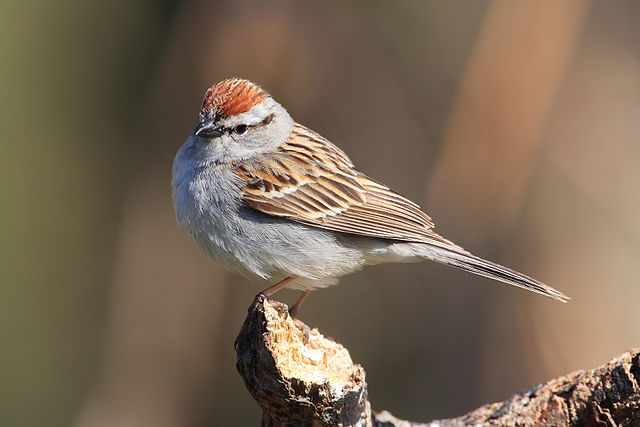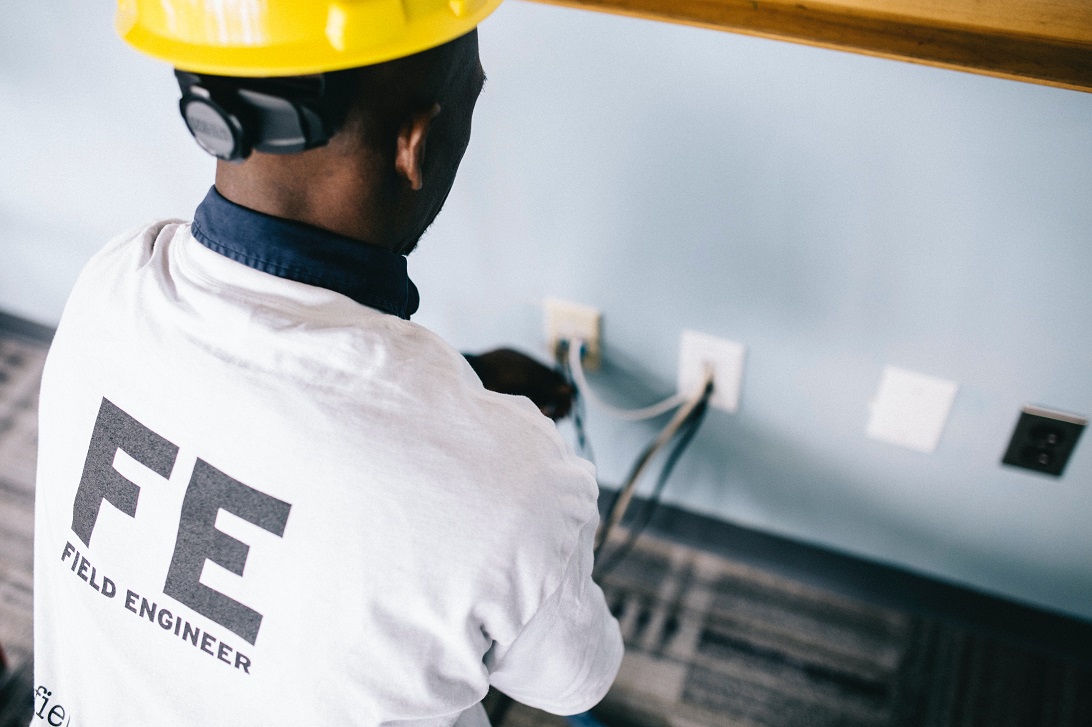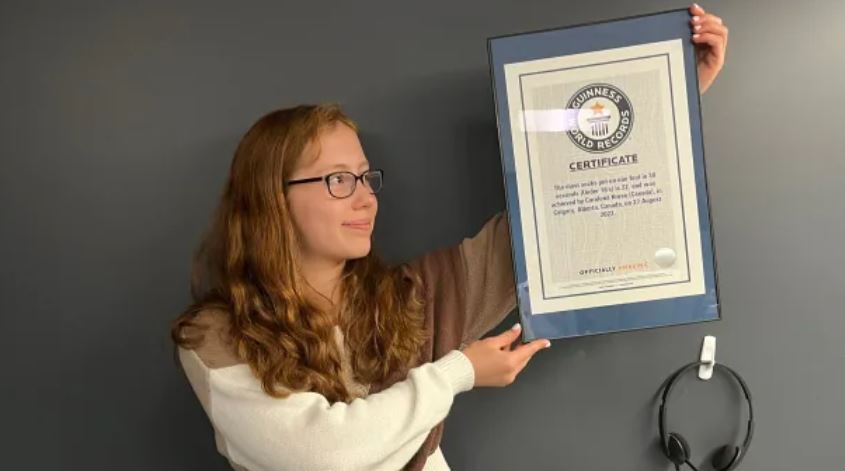
I am sure, every one of us must have remembered our childhood friend, tiny flying creature, a part of our backyard bird watching experience, famous character of our games, stories, rhymes, chirping from dusk to dawn, feeding soft-bodied insects to newly hatched nestlings, in flocks dangling and dancing in soil to beat scorching summer heat.
House sparrow is state bird of Delhi and Bihar
I am talking about House Sparrows. But when did the last time you got to see out childhood companion? Today, yesterday, a week ago or a month ago? They were once omnipresent, found to be nesting small and narrow window holes in human homes or tree to electricity poles. It used to be a familiar friend for everyone in early childhood. But where have the sparrows gone now?
Indian Council of Agriculture Research (ICAR) did a survey in 2010, that revealed astonishing facts. According to data, Andhra Pradesh has lost 80% of its sparrow population and the scenario in the other states of India is no different. It’s very heartbreaking to even think upon, how many creatures would be sacrificed in the name of development and urbanisation?
Britain’s Royal Society of Protection of Birds has enlisted “ubiquitous” house sparrows in the ‘Red List’ on the basis of the findings of researchers in different parts of the world including those from India. (2010).Since then, 20th March is celebrated as World House Sparrow Day every year. Raising concerns over a shocking decrease in population of house sparrows, Delhi government has declared house Sparrow as state bird in 2016.
A similar study had been done in 2010(1), to study the different reasons for the decline of the Indian Sparrow population. Factors like modern housing, predation, depleting food resources, pesticides, pollution, electrosmog are some of the contributors to the decline.
Recently, the growing usage of mobile phones and the increasing number of mobile towers is being investigated as one of the factors responsible for the decrease in the population of sparrows. When birds are exposed to weak electromagnetic fields, they disorient and begin to fly in all
directions. Microwaves from phone masts also interfere with the reproductive success of birds.
A house sparrow is associated with human habitation. House sparrows are very adaptable to the changes in the
environment, it is one of the most preferred indicator species of urban ecosystems. A stable house sparrow population is a parameter for a healthy ecosystem for human beings in terms of air and water quality, vegetation and other criteria of habitat quality. Steep fall in the population of this bird is raising an alarm that the urban ecosystem is experiencing some environmental changes unfit for human health in the immediate future.
How Can we Bring Lost Birds like Sparrows Back?
1. Awareness: Create awareness amongst people and ask to make bird nests and hang them at appropriate places. The bird’s nest should be of the crevice type. The placement of the crevice type nest is important. It should be within or near the building and at a sufficient height so that common predators like cats, etc. cannot reach them.
2 Try to avoid using pesticides and insecticides in gardens and fields. For control of insects and pests, switch on to biopesticides & bioinsecticides.
3. Proper waste management systems are being practised by industries.
4. Every house should be made to plant a tree native to the place to help in developing an ecosystem for the survival of the species. This encourages some of the common birds to come back.
5. Place a bowl of water and grains for birds, bird boxes and bird feeders outside your house or in your gardens.
6. Water-bowls or a bird-bath in the hot summer afternoon helps birds to re-hydrate.
References
1.Mohan Kumar, (2010), Vanishing Sparrows, The Green OSAI, [Online] available:http://www.greenosai.org/environment/diversity/73-vanishing-sparrows.html
2.Indian sparrows on the brink of extinction: population dynamics combined, with ecological changes. Vasanth Kamath, Asish Oommen, Mathew, Lewlyn Rodrigues. International Journal of Renewable Energy and Environmental Engineering ISSN 2348-0157, 2014, Vol.2 (01),17-22.




